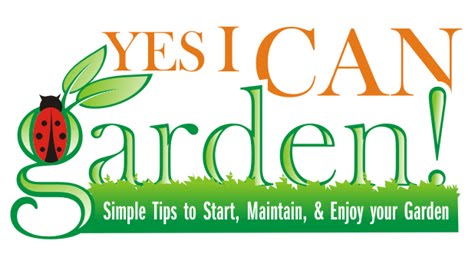
Often we have ideas for major projects in the garden, whether we have moved into a new place or have finally decided to tackle a neglected area of the yard. Probably the best advice I could give the beginning gardener as we head from spring into the summer season is to start small, and to build the garden progressively each season. If you are starting from scratch in late spring, then you will still be getting used to some of the basics, and familiarizing yourself with flower varieties, soil conditions, and all the tasks that maintaining a garden requires.
As with most projects, you have to get from the inspiration and planning phase to actually putting the plan in place—and then making sure that the project is of a manageable size so that you can enjoy and maintain the garden through the summer season and into the fall, and then for years to come.
Starting Small
If you begin with a manageable project, you will be more inspired to continue to work in the garden throughout the summer, when conditions get warmer and it may be less comfortable to work outside. Daily and weekly tasks such as watering and weeding can become chores if you take on too much all at once. Introducing new habits and routines can take a bit of effort to get going, but these tasks will pay off later in the season, once you experience the beauty and benefits of a flourishing established garden. For most gardeners, time spent on these tasks represents quality time either alone or working alongside friends, family members, or members of the community. As for me, I find the more repetitive tasks quite enjoyable—I like being outdoors, and I often work alone, which gives me a much needed break from demands on my time made by work and family. If you start small, you will also gain confidence in your abilities—and an avid beginner can turn into a knowledgeable gardener in no time at all.
Soil Preparation
After turning the soil to a depth of about one foot, using a spade and then a rake to break up larger clumps of compacted soil, you can add soil conditioner and, if necessary, fertilizer. Fertilizers are broken down by the percentage of nitrogen, phosphorus, and potassium they contain. Most annuals and perennials will do best with the standard 15-10-10 formula. Make sure to carefully follow the instructions for best results—young plants in particular are sensitive to over-application of fertilizer.
Time Your Planting
Speak to neighbours or check with your local nursery to confirm when it is safe to plant. I am often raring to get going in the early spring, and have even found myself turning soil that was obviously still heavy with frost. If you purchase and plant too early—or set out young plants you have grown from seed when there is still a risk of frost—you risk losing the plants immediately, or else having them succumb to heat stress later in the season. If you have young plants waiting indoors in flats, make sure you set them out for a few days before planting them. Raised beds and the addition of new top soil and soil conditioners such as compost and manure will help new plants become established. Once summer is in full swing, you should be able to enjoy simple maintenance, including weeding, thinning if necessary (removing plants too close together so that each plant gets sufficient space and nutrients it needs to thrive), watering, and keeping an eye on insects and other pests that may visit or take up residence in the garden.

No comments:
Post a Comment